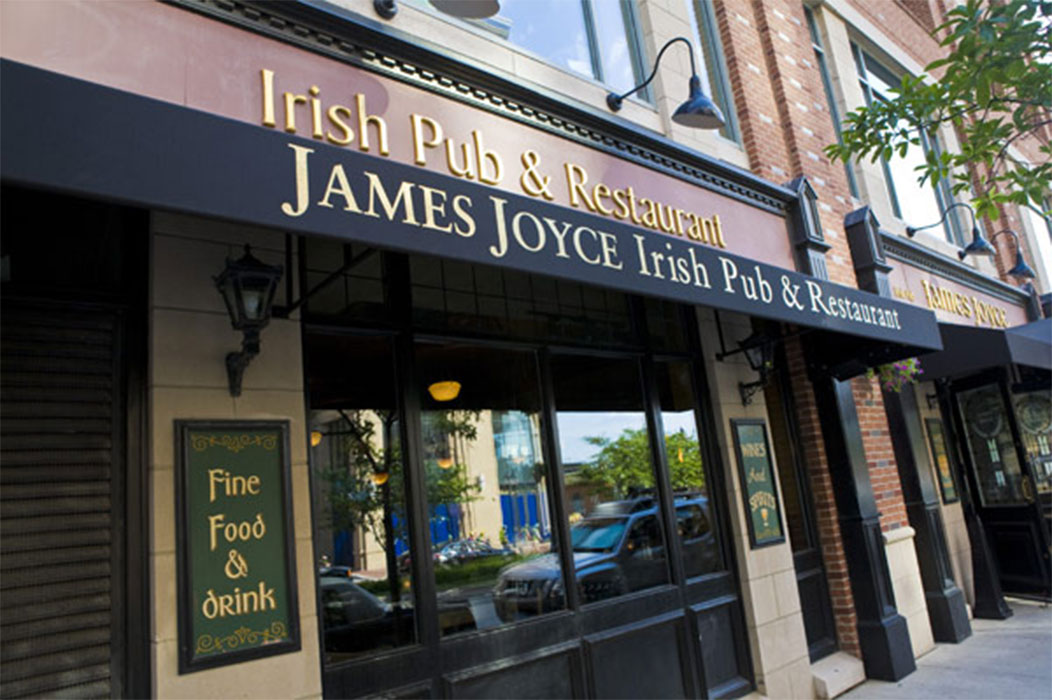

Modernist writers employed thematic and stylistic innovations that captured the disconnection and unrest of the modern age. Dubliners also displays traits of Modernism, the literary movement that emerged in the early to mid-20th century. In “A Little Cloud,” for example, Little Chandler yearns to escape the confines of his dead-end life in Dublin but he lacks the ability to follow through on his dreams and he is ultimately left feeling trapped and alone. The discontent shown by his characters represents the more general political unrest of Ireland as a whole. By realistically and sympathetically portraying the ordinary experiences of average Dubliners in the eponymous short-story collection, Joyce reflects the contemporary interest in Irish nationalism. Political conflict resulted in a rebellion in the 1910s, leading to creation of the Irish Free State in 1922. By the early 20th century, when Dubliners was written, these tensions had reached a fever pitch.

Conflicts such as tension between English landlords and Irish tenants and religious divisions between Protestant and Catholic fueled agitation for Irish independence. Following Ireland’s incorporation into the United Kingdom in 1800, nationalist sentiment grew. Since the 16th century, Ireland had been gradually colonized by England. In 1941, after surgery for an ulcer, Joyce died at 58. Joyce’s poor eyesight forced him to wear an eyepatch and later in life to undergo nine operations to repair his vision. This groundbreaking novel was patterned on Homer’s Odyssey and garnered Joyce fame and notoriety due to its frank subject matter, stream-of-consciousness style, shifts in points of view, and non-chronological narration. During this time, Joyce wrote Dubliners and Portrait of the Artist as a Young Man and finished his major work Ulysses. Before achieving success as a fiction writer, Joyce worked as an English teacher in Italy, Switzerland, and Paris. In 1904 the couple emigrated to continental Europe and lived the rest of their lives there, only returning to Ireland for brief visits.


In 1904 he met his life companion, Nora Barnacle, whom he lived with for many years before marrying in 1931. Joyce was raised in the Catholic Church but he lost his religious faith early in life-a factor in his later work’s criticism of strict religious piety and hypocrisy. Born and raised in Dublin, Ireland, Joyce attended Jesuit schools and later graduated from University College Dublin despite his family’s poverty. A key voice in Modernist writing, James Joyce stretched the boundaries of subject matter and style in his novels and short stories, leaving a lasting impact on fiction writing.


 0 kommentar(er)
0 kommentar(er)
